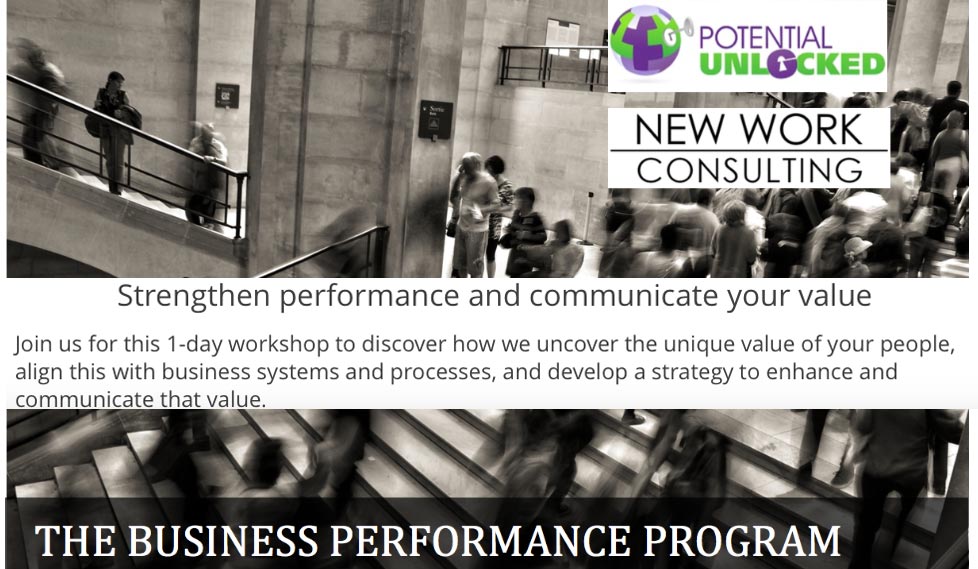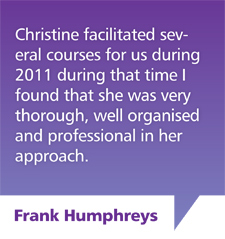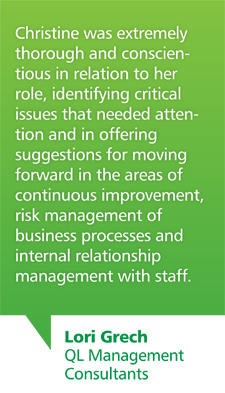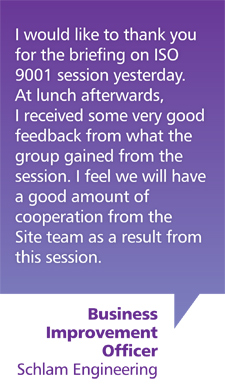Understanding and Engaging with Stakeholders
In my previous article ‘Understanding and engaging with stakeholders’ we looked at points to consider when planning for the identification of key stakeholders and what their expectations of an organisation are. This article will review some of the common problems and causes in effective stakeholder relationship management, with some tips on how to better prepare for stakeholder identification and engagement and get the results an organisation had planned.
 Image credit: Margarida Csilva
Image credit: Margarida Csilva
Problem
- Not monitoring and measuring the right things (activities, products, services)
- Not clear on whether stakeholder engagement was to cover whole of the organisation or just a single process, department, site or stakeholder group.
- Not clear on the timing of stakeholder engagement (ad hoc, planned short or long-term)
- Reporting method (one-on-one; reports; meetings etc.) not clearly understood or agreed to
- Not addressing the topic that is relevant to a particular stakeholder group
- Owner/s and authority for stakeholder engagement not clearly defined
Cause
- Methodology for identifying stakeholders not in place
- Stakeholders can have conflicting interests so where to put resources for managing a stakeholder relationship may not be agreed or followed by staff
- Persons managing stakeholders may not have the skills and competence to engage and manage the relationship
- Organisation time-poor and reactive in relationship management
Tips
- Plan – list and profile stakeholder categories and expectations & the ‘measures’ to be put in place to monitor progress
- Determine the method of engagement – focus groups, workshops, advisory committees, joint projects, surveys etc.
- Focus on individuals or groups that have a direct or indirect impact on an organisations product or service
- Organisation to include internal (expertise, knowledge, experience of staff) and external (research, specialist groups) sources when establishing key stakeholders and their requirements.
- Staff involved in managing and engaging with stakeholders to have the communication and competencies required, along with personal attributes such as integrity, professionalism, ethics etc.
- Planned and regular monitoring and review and evaluation of the agreed stakeholder engagement plan / process.
In conclusion: Is the organisation in the position to achieve its strategic direction and objectives? If not, some of the above actions may need consideration.
Christine Brown is founder and managing director of Potential Unlocked, a market leader in the design of management systems that meet compliance and business requirements. She holds a Bachelor of Arts (double major in Political Science and Public Sector Management); RABQSA Lead Auditor, DiSC 5 Behaviours of a Cohesive Team accreditation; Everything DiSC accreditation, TAE 40110 Cert IV Training & Assessment & TAELLN 411.
Due to her extensive knowledge and experience, Christine is trusted by her clients for her patience, understanding and her ability to interpret compliance requirements in a straightforward, uncomplicated way. She regularly facilitates in-house and public workshops, sharing her knowledge of designing simple processes and systems, communicating effectively as an auditor, building and leading teams, and risk management.
Christine’s clients range from small business and start-ups to large organisations and government departments. Covering a broad range of industries, her clients include Boral, BAE Aerospace, Geobrugg, Tenix, West Australian Police, and the Victorian Ambulance Service.
Christine’s new initiative, The Business Performance Program, assists businesses with all major areas of business that are essential for success

For any further information on contracting in an internal auditor to conduct your audits or auditor training please refer to more Audit Tips.










